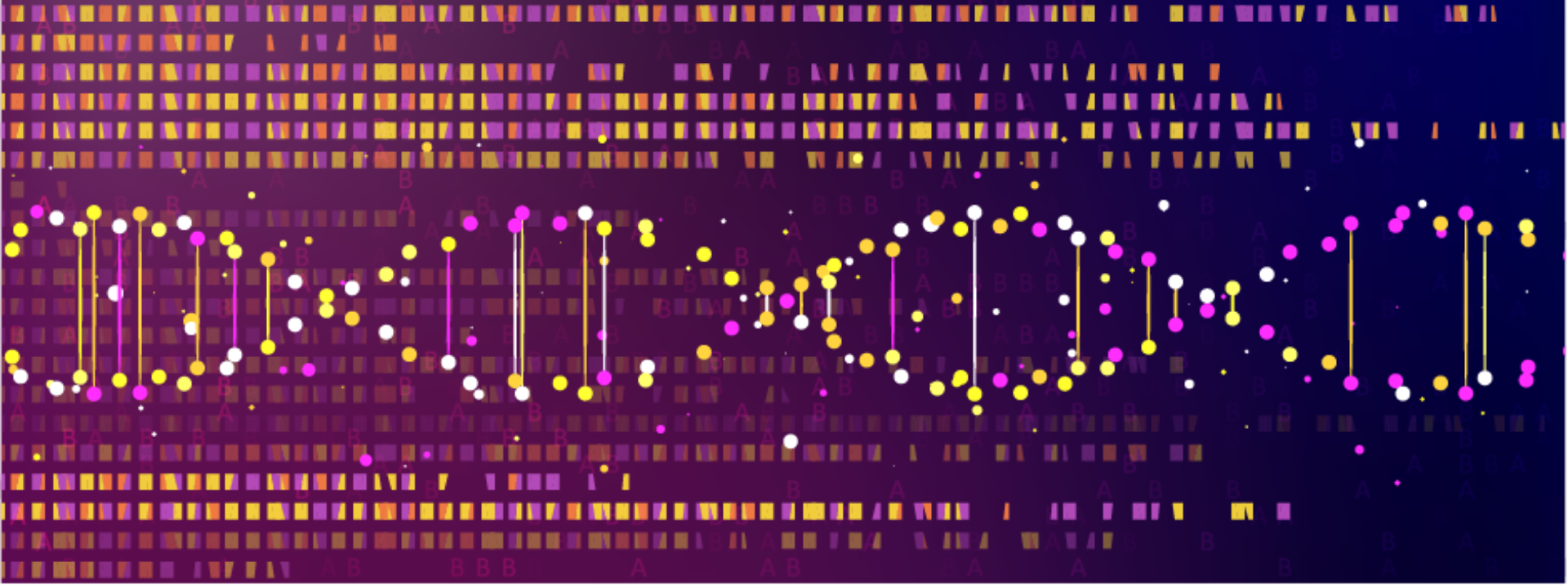Inside Inscripta: Eileen Spindler, Applications
We hope you’re enjoying getting to know the amazing people on the Inscripta team! Today we’ll catch up with Eileen Spindler, Director of Applications Research. The native Montanan holds a bachelor’s degree in Biochemistry from Idaho State University and a PhD in Molecular, Cellular, and Developmental Biology from the University of Colorado at Boulder. She joined Inscripta in 2015.
What’s your role at Inscripta?
I’ve just stepped into a new role after working in product development for four years. I’ll be leading the Applications Research Team (ART). We are focused on innovation and platform capability expansion based on customer and commercial needs. This group provides customer solutions that test and extend the elasticity of our platform, as well as foundational research and educational support. Our goal is to help customers get the best performance out of the OnyxTM platform.
What brought you to Inscripta?
At my previous company, I had been working as a strain engineer. My role was to create strain diversity in order to develop a variety of different products. I saw Andrew Garst’s paper about the CREATE technology — the foundation of what became our Onyx platform — and got really excited about their ability to create so much diversity so much more quickly. The idea of being able to do that so quickly with an automated system that would let people skip the benchwork was really appealing. I wanted to be part of the team providing these tools to others.
How did you get into the genome editing field?
I had done my PhD in a biology engineering lab, where one of the areas of focus was understanding strain phenotype to genotype relationships for biotechnology and human health applications. The lab built tools to study these relationships, and genome editing was one of the tools we used. I then went on to apply these methods in my first job as a metabolic engineer at OPX Biotechnologies. It still took me many months to create what I can create now in a couple of weeks!
If you could use genome engineering to address any challenge, what would you choose?
Probably the most pressing challenge is how we are able to do more with less. When you think about climate change, for instance, what we are really trying to do is produce a fuel or a chemical that provides more energy with less environmental impact. I want to be able to use genome engineering to create more of what we need using less energy. I’m particularly interested in doing a lot more carbon capture and bringing that carbon back in a useable form.
What’s the best career advice you have to share?
You should set yourself up so that whatever position you’re in, you’re always learning from someone. It may be technically focused or it may be something else. Make sure you have a mentor who can help you work through not just science questions but also more about how business works or how best to work with others.
What did you do as a kid that you wish you could do more as an adult?
I grew up in Montana, riding horses on 10 acres of land. I can never get enough of being able to get outside and use that space to be creative, whether that’s thinking about a science problem or if it’s just letting my mind wander. I would like to have more of that free time in nature to really explore and be creative.
What’s your favorite vacation?
When I finished my PhD work, I went on a two-and-a-half-week van trip through Australia with my then-boyfriend, now husband. We drove from Sydney through a lot of the mountain and country towns all the way to Melbourne and went through a lot of national parks there. That was by far the most eye-opening experience I’ve had to learn a new culture, a new place, and a diverse set of species. There were different types of birds, snakes, spiders, and everything you can imagine in between. The diversity of what nature has to offer made that trip something I’ll always remember.

